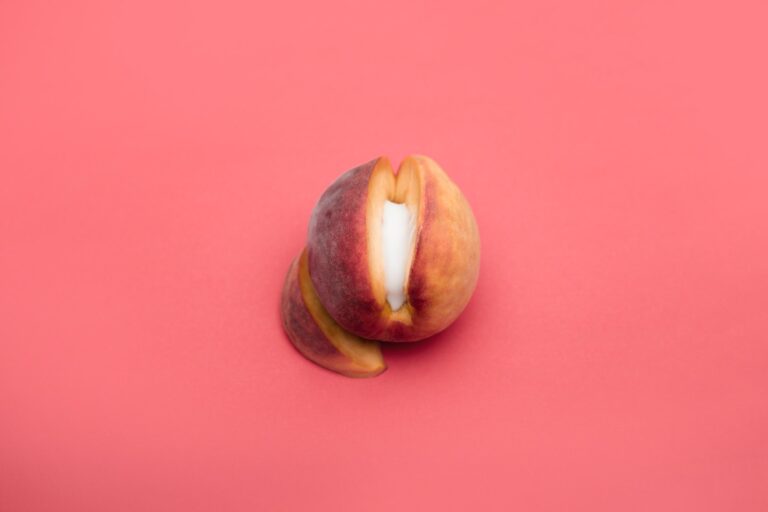Your body produces natural lubrication during orgasms to help with sex. This is a white fluid that comes from glands in your vulva called the Bartholin’s and Skene’s glands.
This lubrication can vary from girl to girl. Your hydration, where you are in your menstrual cycle, and sexual arousal can all influence the amount of discharge you produce.
It’s a natural lubricant
The white discharge that women produce during sexual arousal is called creaming, and it’s completely natural. Creaming is a result of the Skene’s gland, which releases fluid during sexual arousal to help reduce friction during penetration. It’s important to remember that this fluid is different than urination, as it’s not related to the bladder and may happen even during non-orgasmic sexual activity.
During sex, arousal increases blood flow to the vulva, which in turn triggers the Bartholin’s and Skene’s glands to produce extra lubrication. This fluid can be white, pink, yellow or clear, and it may look thicker and more mucus-like than the usual vaginal discharge you experience day-to-day. This additional lubrication can make sex feel more enjoyable for both partners and increase intimacy.
Women can also choose to use a more liquid natural lubricant, such as olive oil or aloe vera gel, before sex to enhance pleasure and prevent irritation. These alternatives are healthier than flavored lubricants, which can contain sugar that feeds candida and can cause yeast infections.
Aside from using a safe and effective lubricant, it’s also important to practice good hygiene to protect against infection. This includes showering daily, using a vulva wipe, and making sure to trim pubic hair before sex. It’s also helpful to establish clear boundaries and communication with your partner to ensure a healthy, positive experience for everyone involved.
It’s a sensual treat
Creaming during sex can be an intensely pleasurable experience for both partners. There are several ways to encourage and stimulate creaming, such as focusing on the clitoris, which is a primary erogenous zone for women. Many women also find that lubrication can help to increase pleasure and creaming. Emotional connection can also play a role in encouraging creaming. Feeling safe and connected with a partner can increase arousal and openness to pleasure, as can a relaxing environment.
It is important to remember that creaming is a natural part of sexual pleasure and should not be stigmatized. It is a normal bodily function, and the amount of fluid produced can vary from woman to woman. Some women may even experience creaming without orgasm.
Another common myth about creaming is that it is the same as urinating. However, it is important to understand that creaming involves the release of fluid from the Skene’s gland, while urinating involves the release of urine from the bladder.
The terms sensual and sexual can sometimes be confused, as they both involve gratification of the senses. The word “sensual” actually means “of, relating to, or appealing to the senses,” while the word “sexual” has erotic connotations. Regardless of whether you are experiencing sensual or sexual activities, it is important to communicate your preferences and boundaries with your partner.
It’s a healthy habit
Creaming is the release of female ejaculate, and it can be a very pleasurable experience for women who enjoy it. It is a natural bodily function, and it’s not something that should be stigmatized. It can help to stimulate the clitoris and lead to deeper orgasm, and it’s also a great way to create intimacy with your partner. However, it’s important to practice safe sex and use protection if necessary.
Many people confuse creaming with urinating, but they are actually two different things. Creaming involves the release of fluid from the Skene’s gland, which is located near the urethra. This fluid can be produced during sexual arousal, or it may occur before or after orgasm. The amount of fluid that is produced varies from woman to woman, and it may change during certain times in the menstrual cycle.
The best way to encourage creaming is to focus on stimulating the clitoral area during foreplay, which can increase arousal and fluid production. It’s also a good idea to use lubrication to make the experience more comfortable and to prevent irritation. It’s also important to communicate with your partner about their desires and boundaries, and to prioritize safety. You should also get regular sex tests to check for any infections. This will keep you and your partner healthy and happy.
It’s a way to express yourself
Creaming during sex is a natural way for women to express themselves sexually and can be a thrilling experience. The sensation can be enhanced by arousal, intimacy, and emotional connection with a partner. It can also help to reduce stress and anxiety during sex. However, it’s important to remember that sexual exploration should always be consensual and respectful.
Creaming is the release of fluid from the Skene’s gland, which is located near the urethra. It can occur before, after, or during orgasm and can happen at any stage of sex. It’s often confused with squirting, but they are not the same thing. Squirting involves a larger amount of fluid and comes from a different gland than the Skene’s gland. It’s also important to note that creaming can occur without orgasm, and can vary in volume from woman to woman.
To increase the chances of creaming during sex, try stimulating the clitoral area, which is a primary erogenous zone for many women. You can also try using a vibrator or other sex toys to stimulate the area and increase arousal. In addition, it’s a good idea to use lubrication to make the experience more comfortable and enjoyable. It’s also a good idea to be well-hydrated, as this can help boost fluid production.
See Also:



